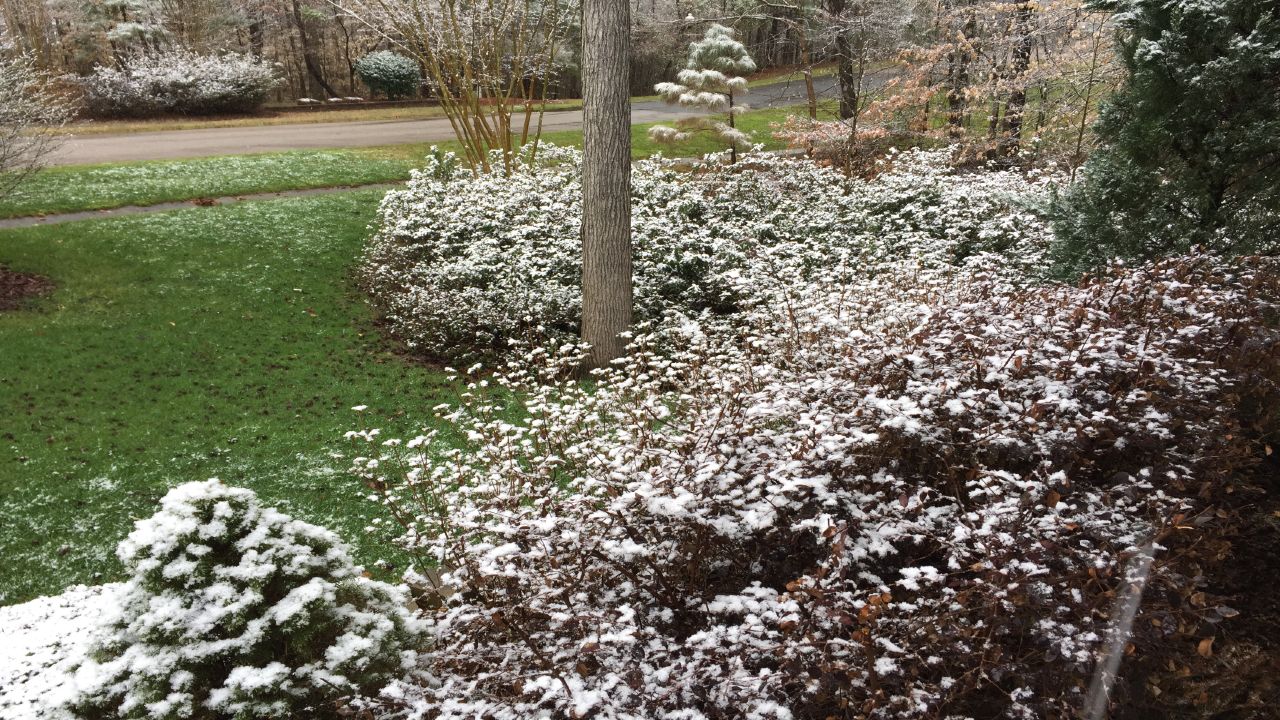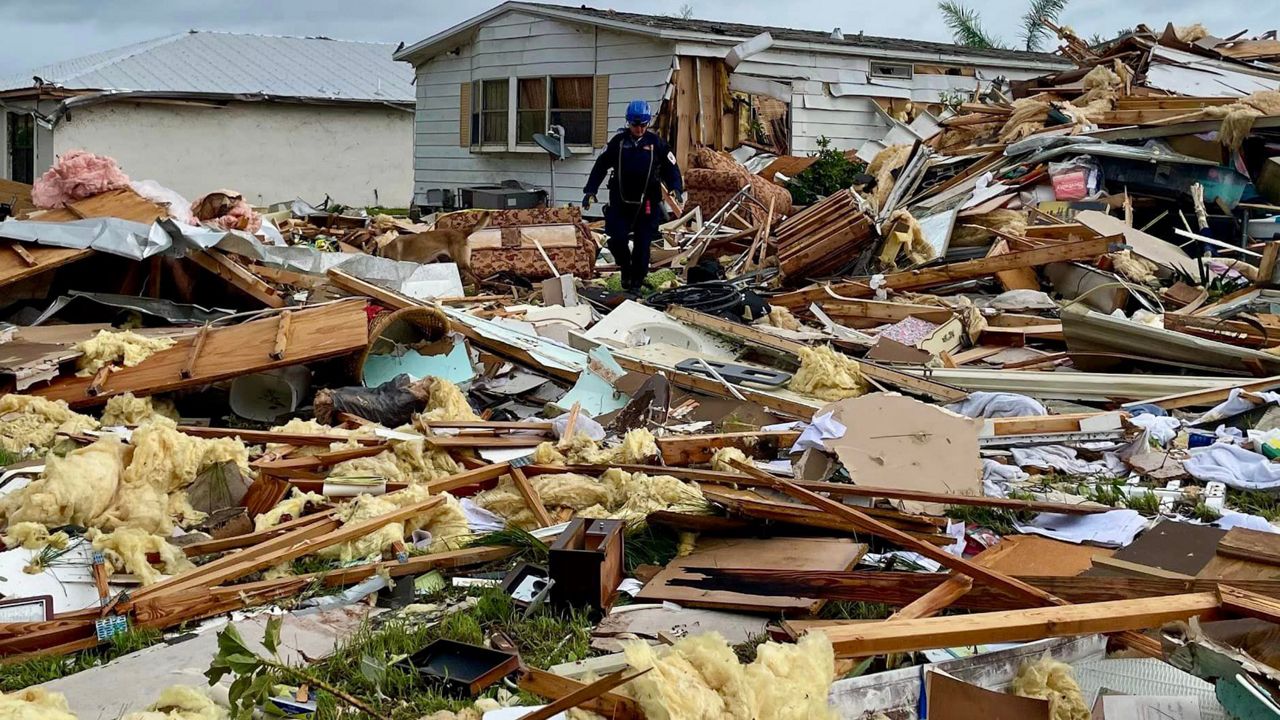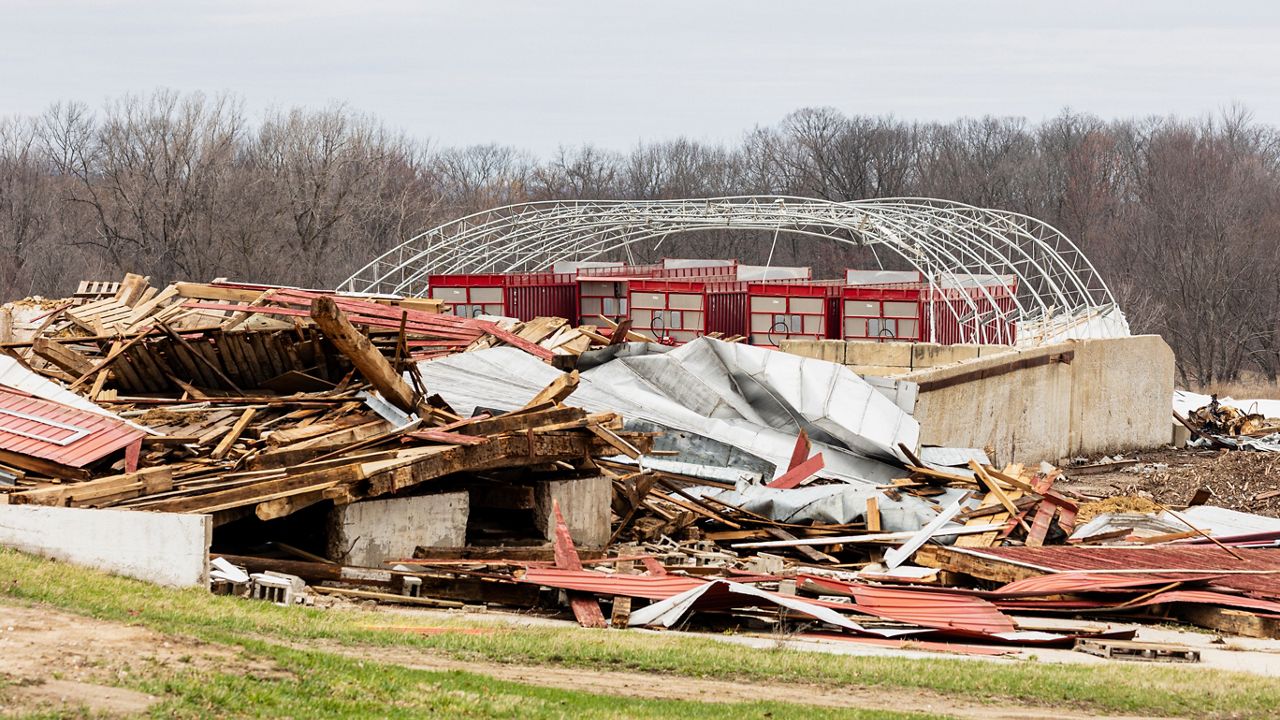The winter solstice begins on Wednesday, Dec. 21. It's the time of the year when Earth's poles are at the maximum tilt from the sun. It also marks the official start of winter in the northern hemisphere.
We've had some cold spells, even a trace of snow in Dallas-Fort Worth, but how much snow do we see during December? For some parts of Texas, it might be more than you think.
What You Need To Know
- It has snowed in parts of the state already, including during November
- Snow favors the Texas Panhandle during the winter
- Decembers are warming at a fast and alarming rate
- A white Christmas is unlikely, but not impossible, given the current weather pattern
December snowfall averages
As you might expect, the average snowfall is a little higher the farther north you travel. December rarely yields large snow events.
There are historical exceptions, like the December 1929 snowstorm that brought 26 inches of snow to Hillsboro, Texas, about 60 miles south of Dallas.
Often, a brief cold spell will meet an influx of lower-level moisture and a light dusting or coating on roofs and cars is possible. These types of weather events rarely impact travel.
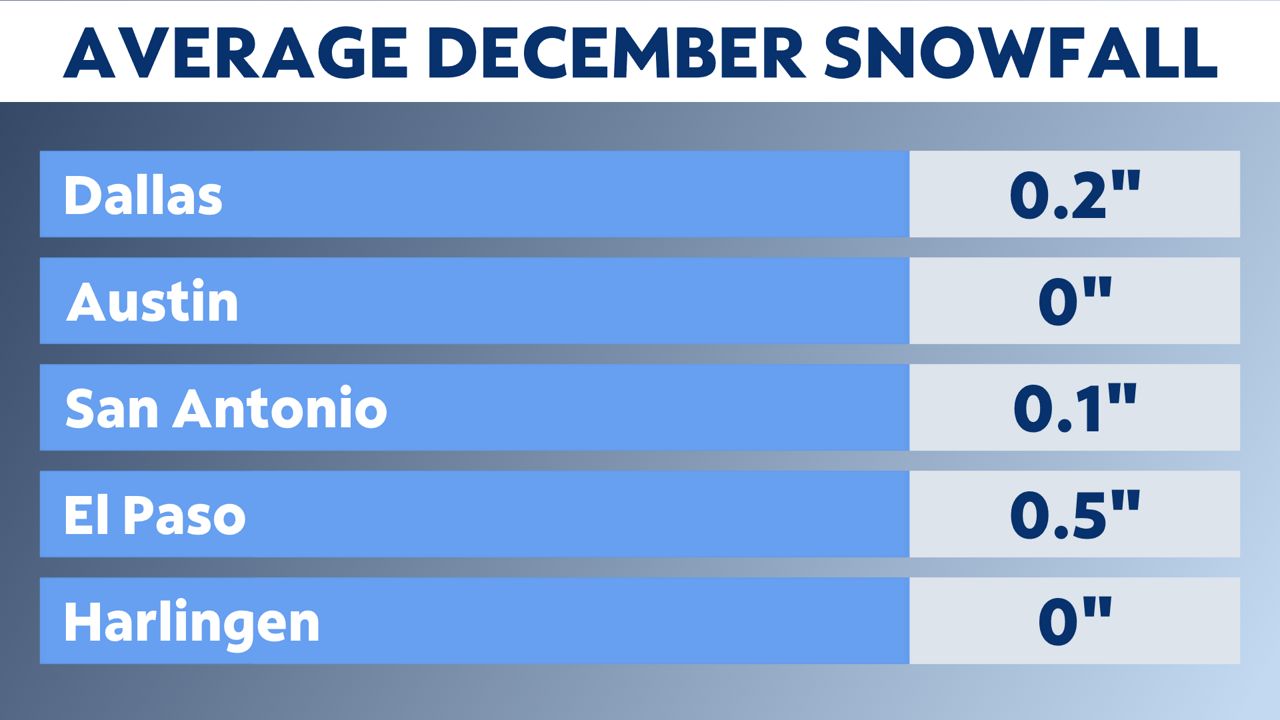
El Paso and Lubbock have only seen a trace of snow so far, including a couple of snow events in November.
In El Paso, we are actually below the average snowfall this season.
Annual snowfall averages
While snow might be hard to find in December, that doesn't mean it doesn't snow in the other two winter months. The Texas Panhandle averages between 7 and 18 inches of snow! Most cities experience much less than that in a season.
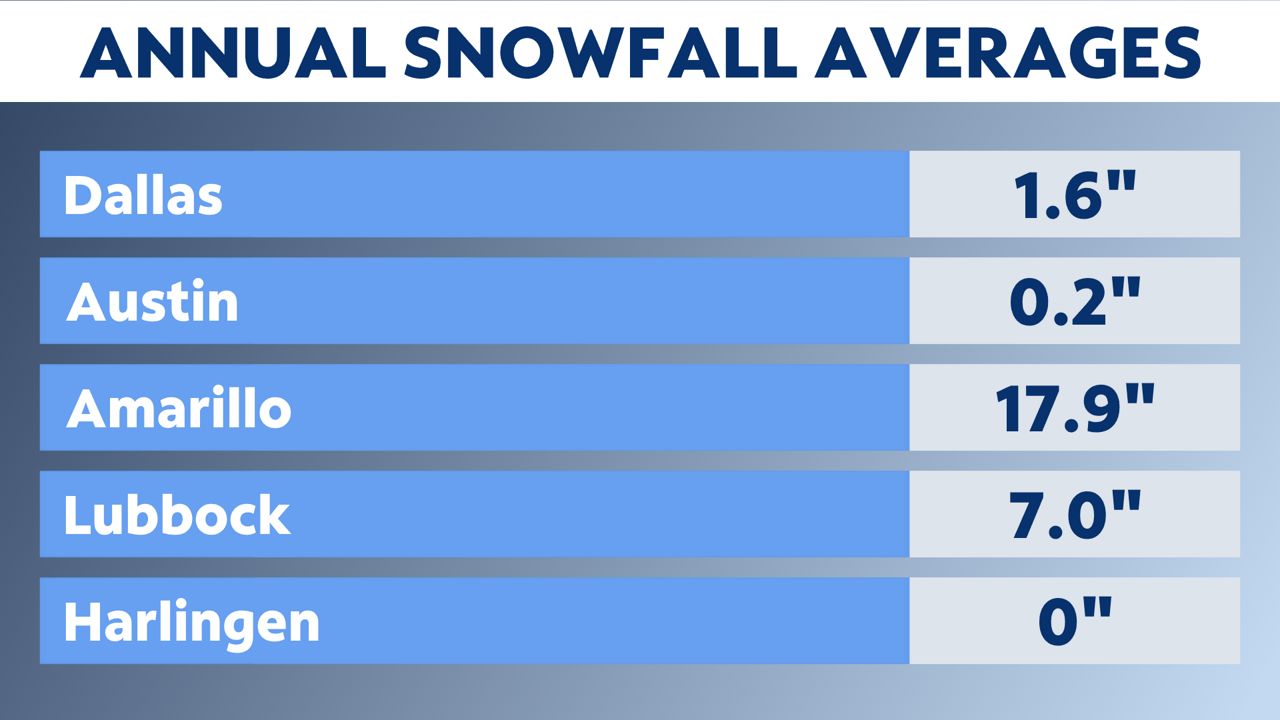
What are my odds of a white Christmas?
Not great.
NOAA defines a white Christmas as having at least one inch of snow on the ground. The most recent white Christmas in Dallas-Fort Worth happened in 2012.
The greatest concentration of heavy snow was in western Denton County and Collin County, where 4 to 6 inches of snow fell. There were also isolated locations that received that same amount in Parker, Grayson, Fannin, Hunt and Emory counties.
It is worth mentioning that we are in a La Niña weather pattern again, for a third time. This pattern typically keeps Texas warmer and drier than normal, but each season, we had at least one impactful winter weather event.
While we don't know when, it is likely we will also have another winter weather event this season.
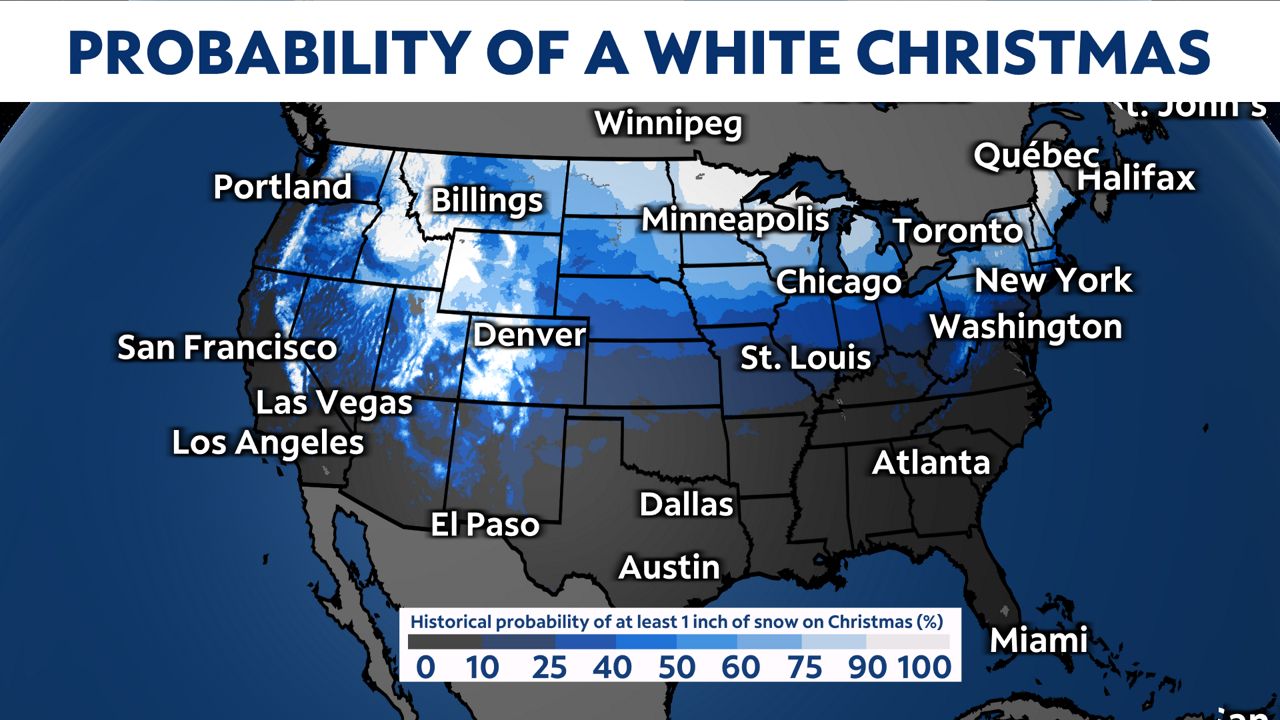
Our team of meteorologists dives deep into the science of weather and breaks down timely weather data and information. To view more weather and climate stories, check out our weather blogs section.






